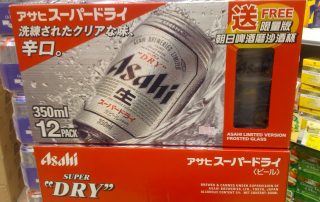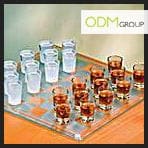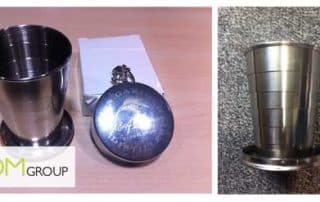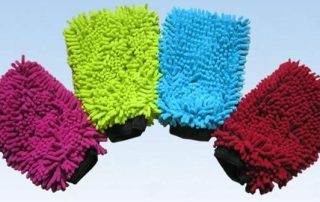Sandblasting, a decades-old technique, remains a cornerstone for surface preparation. It cleans, etches, and prepares surfaces for painting or coating.
Let’s explore everything you need to know about sandblasting and discuss the techniques, core principles, applications, processes, and challenges. This blog will discuss the differences between sand, abrasive, and shot blasting.
We will also reveal the secrets to achieving clean and prepared surfaces with this powerful technique.
Safer Techniques of Sandblasting
Even though “sandblasting” is used, it can be a bit deceptive. Sandblasting with sand is less popular due to inconsistent moisture content, contaminant issues, and serious health risks from inhaling silica dust. Sandblasters can also generate significant noise and dust hazards without proper precautions.
The sandblasting process should always be carefully monitored, and those who do the sandblasting must wear protective gear to prevent inhalation. Additionally, many finishing operations now use materials like walnut shells, powder abrasives, steel grit, copper slag, and others instead of traditional blasting materials.
Sandblasting has evolved and replaced traditional sand, offering superior, safer performance and environmental benefits.
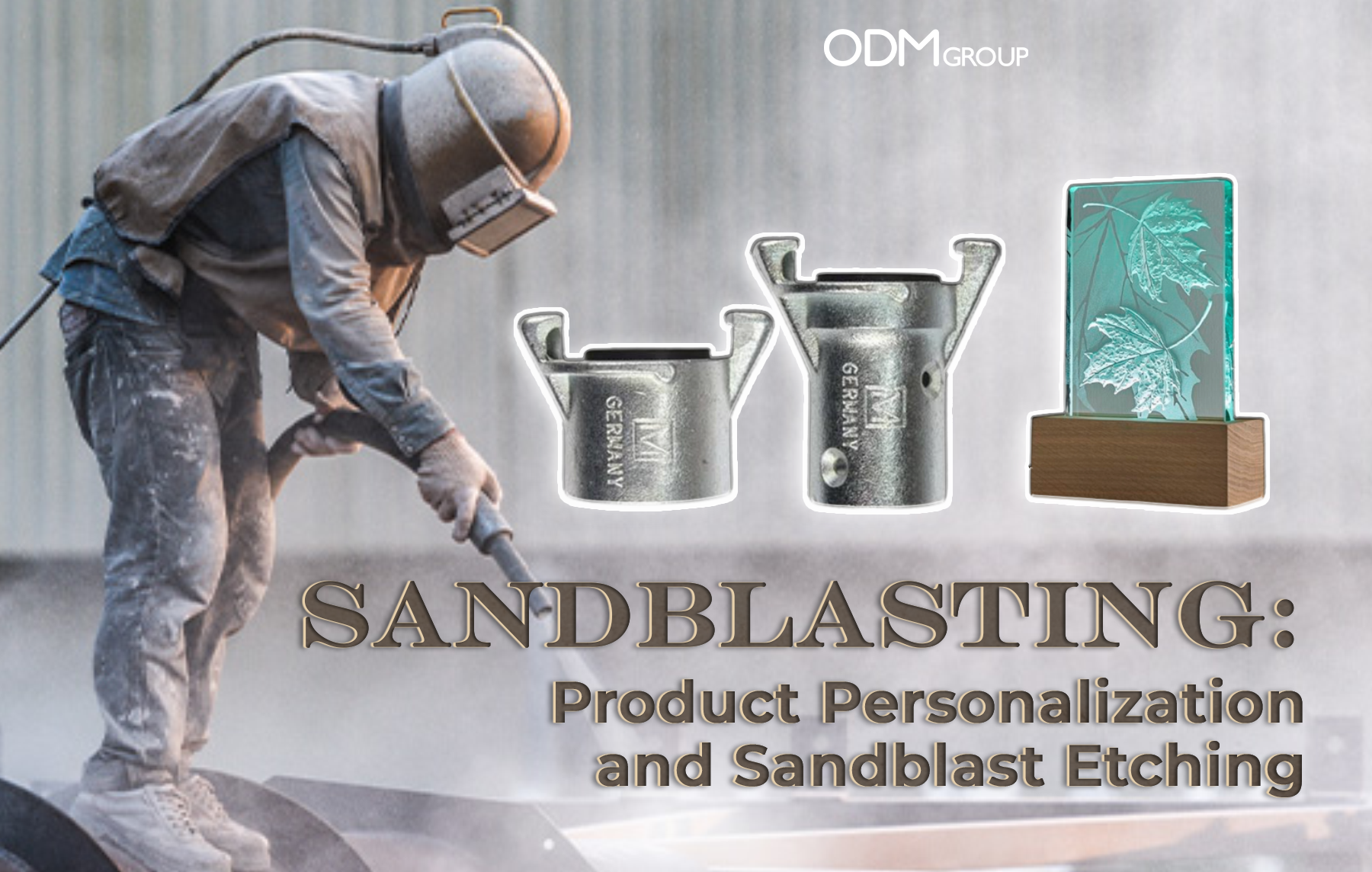
How Does Sandblasting Work?
For a flawless powder coat finish, it must be sand-blasted. Unlike sandpaper, which relies on manual effort, sandblasting utilizes a pressurized stream of abrasive media propelled by compressed air.
This high-velocity stream efficiently removes rust, grease, paint, and other contaminants for a uniform finish, even in hard-to-reach areas.
The sandblasting setup involves three key components:
- Abrasive Media: The material for blasting, like sand, aluminum oxide, or glass beads.
- Air Compressor: Generates the high-pressure air to propel the media.
- Blaster Nozzle: Focuses the abrasive stream for targeted blasting.
Compressed air forces the abrasive media against the metal, effectively cleaning and shaping the surface for optimal powder coat adhesion.
What Materials Can Be Sandblasted?
Sandblasting uses a pressurized stream of abrasive material to clean, shape, and texture surfaces. But can any material be sandblasted?
The answer is a surprising yes, with the right media. While traditional sand was once the go-to, today, sandblasters have a toolbox of options.
Sandblasting can remove the layers of peeling paint on your porch swing and stubborn stains on your picnic table or gazebo. It can also help remove paint, mildew, and blemishes from wood, creating a clean, rustic look. This process reveals a fresh surface for refinishing or the natural beauty of the wood.
The key to successful sandblasting lies in choosing the right abrasive media for the material. Sand itself is still used, but other options like glass beads, aluminum oxide, and even crushed walnut shells offer different levels of cleaning power and surface impact.
Sandblasting offers a powerful tool for antique restoration, but unlike its industrial applications, it requires a delicate touch.
Dry blasting is ideal for items with intricate details or hard-to-reach areas.
The media easily removes paint, rust, and grime without getting trapped in crevices.
Wet blasting is gentler on the surface, using water to reduce dust and minimize media impact.
This approach is suitable for delicate antiques or those with potentially fragile components.
Sandblasting Media
Today’s sandblasters use a diverse media, each offering unique properties for specific applications.
Environmentally Friendly Options
-
Crushed Glass
Recycled glass beads offer a safe, non-toxic alternative for removing coatings and contamination.
-
Aluminum Silicate
While cost-effective, this media requires responsible disposal due to environmental concerns.
-
Soda
Bicarbonate soda blasting gently removes rust without harming underlying metal, which is ideal for delicate applications.
More Than Sandblast Cleaning
-
Aluminum Oxide Grit
This sharp media excels in surface preparation and treatment, offering excellent reusability.
-
Steel Grit & Shot
Steel abrasives provide rapid stripping for cleaning and etching metal surfaces.
-
Staurolite
Ideal for removing rust or coatings on steel structures due to its efficient cleaning power.
Additional Sandblasting Options
-
Silicon Carbide
The hardest blasting media available for tough cleaning tasks.
-
Organic Media
Walnut shells and corn cobs offer a gentler touch for softer surfaces like wood.
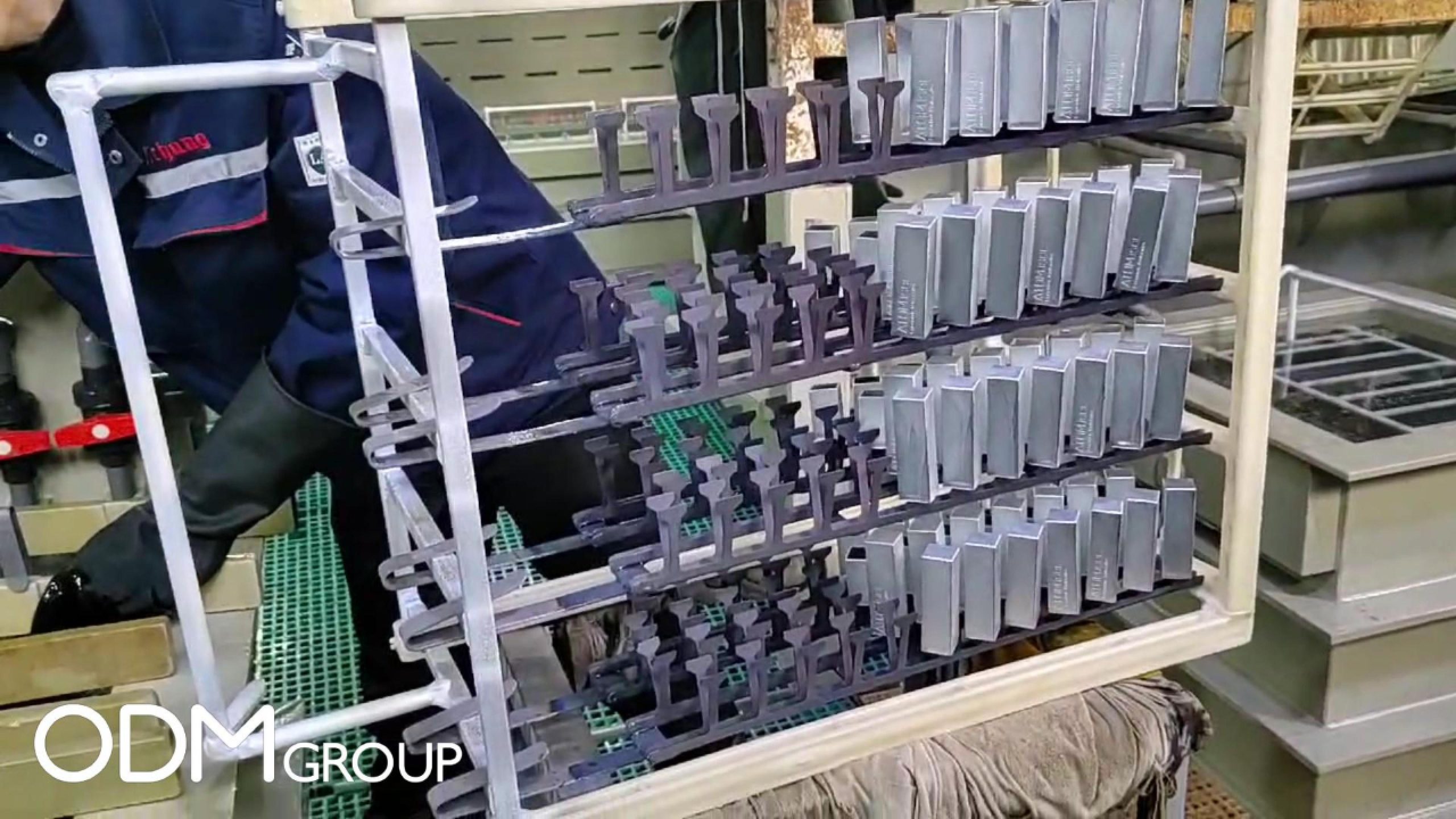
Glass Sandblasting and Product Personalization: Sandblast Etching
Sandblast etching, also known as sandblasting, sandblast engraving, or simply etching, is a surface treatment process that personalizes glass items with a permanent design.
This technique utilizes a pressurized stream of abrasive material, typically sand, to remove a thin layer of glass from the exposed areas, creating a frosted effect.
Glass sandblasting has become the preferred method for custom etching due to its versatility, efficiency, and ability to create intricate designs.
The Process of Sandblast Etching
Preparation
Glassware is first coated with a protective film, with the desired design precisely cut out using a stencil.
Blasting
The exposed glass is then bombarded with a pressurized mixture of sand and air within a specialized blasting booth.
Result
The sand particles effectively erode the exposed areas, leaving behind a frosted design permanently etched onto the glass surface.
Benefits of Sandblast Etching
While traditional methods like acid etching exist, glass sandblasting has become the preferred technique due to its numerous advantages.
This technique offers limitless possibilities for personalization, from custom gifts to branded glassware. Architects and designers can leverage this to create unique and impressive pieces for their clients.
Sandblasting Vs. Abrasive Blasting Vs. Shot Blasting: Definitions and Differences
These terms are often used interchangeably, but there are key distinctions between sandblasting, abrasive blasting, and shotblasting.
Sandblasting
Sandblasting is a type of abrasive blasting that involves the use of high-speed silica sand to clean or etch surfaces. It’s a gentler cleaning method that’s suitable for delicate surfaces like wood, stone, or electronics. Sandblasting uses a high-pressure stream of abrasive material to clean, smooth, roughen, or shape surfaces.
Due to the health risks associated with the use of silica sand, safer alternatives such as walnut shells or steel grit are now widely used.
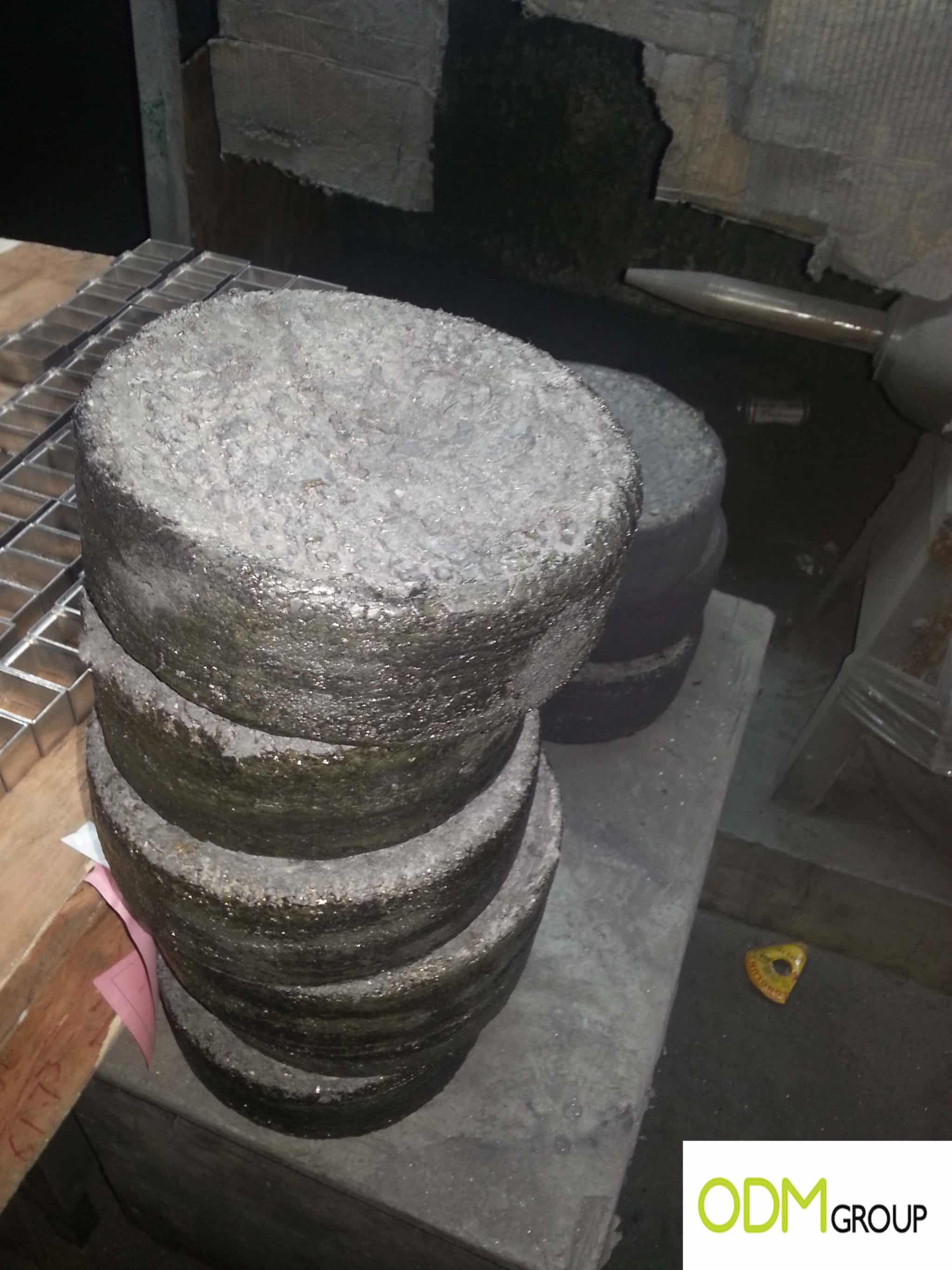
Abrasive blasting
Abrasive blasting, also known as media blasting or abrasive jet machining, uses pressurized gas or a centrifugal wheel to propel abrasive material at a surface. This process cleans, smooths, roughens, or shapes surfaces, often for delicate or intricate work on hard, brittle, or heat-sensitive materials.
Shot Blasting
Shot blasting is a powerful surface cleaning technique that uses a stream of high-velocity metal shot like tiny balls instead of sand-like sandblasting. This creates a roughened surface ideal for paint or coating adhesion on metals and concrete. Shot blasting offers stronger cleaning because metal shot is harder than sand. It allows for more aggressive cleaning of rust, paint, and contaminants. However, due to the blasting force, shot blasting requires a controlled environment to prevent damage to surrounding areas.
Abrasive blasting is the general term for forcefully impacting a surface with a stream of abrasive material to clean, shape, or texture it. Sandblasting is a type of abrasive blasting that originally used silica sand, but due to health risks, it now often refers to using gentler abrasives on delicate surfaces.
Shot blasting, on the other hand, uses much harder metallic or ceramic media to aggressively clean tougher surfaces. So, abrasive blasting is the umbrella term. Sandblasting can be a specific type of abrasive blasting using milder media, and shot blasting is a distinct method that uses very aggressive media.
The Pros and Cons of Sandblasting
The Pros of Sandblasting
1. Effective Cleaning
Sandblasting excels at removing tough contaminants like paint, rust, and grime from rough surfaces like concrete or brick. It’s a fast and efficient way to achieve a clean slate for further work.
2. Simple Setup
Compared to other techniques, sandblasting requires relatively simple machinery, making it potentially more accessible and cost-effective for smaller projects.
3. Superior Cleaning and Restoration
Sandblasting effectively removes rust, paint, and other contaminants, leaving behind a clean and fresh surface. This not only improves aesthetics but also prepares the surface for further treatments like painting or coating, ensuring better adhesion and longevity.
4. Enhanced Durability
By removing surface imperfections and creating a slightly textured finish, sandblasting strengthens the material and improves its resistance to wear and tear. This translates to a longer lifespan for your product or structure.
5. Unmatched Versatility
Sandblasting can be used on a wide range of materials, from metal and concrete to glass and wood. This adaptability makes it a valuable tool for diverse projects, from industrial cleaning to artistic detailing.
6. Precision and Control
Modern sandblasting techniques allow precise control over the blasting pressure and media type. This ensures a controlled and even finish, minimizing damage to the underlying material.
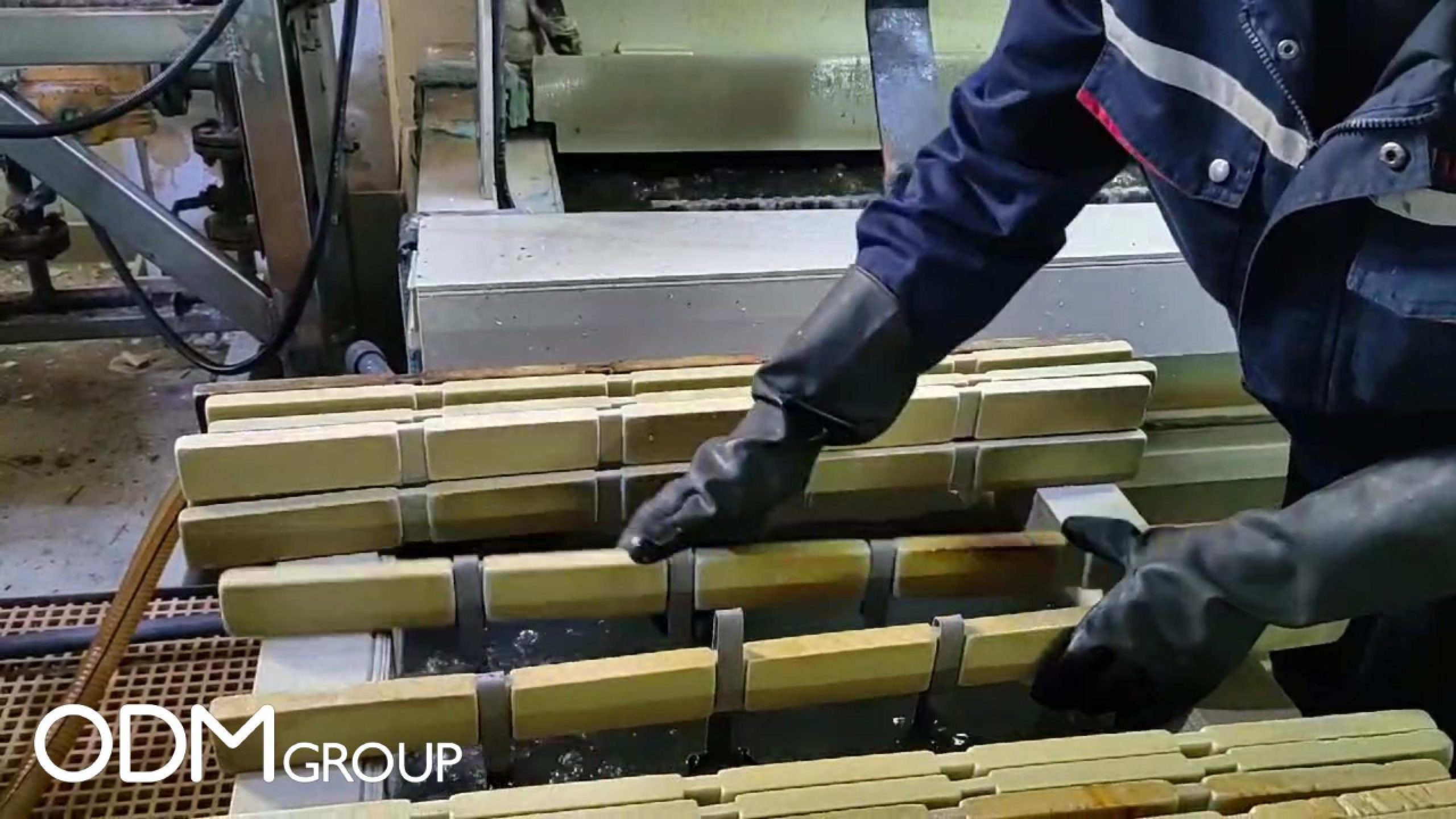
The Cons of Sandblasting
1. Surface Damage
The abrasive nature of sandblasting can damage smooth surfaces, leaving them rough and uneven. For these applications, alternative methods like soda blasting are better suited.
2. Material Erosion
Over time, sandblasting can wear away the surface it’s cleaning. This is especially problematic on delicate materials or if precise control is needed.
3. Health Hazards
Traditional silica sand, once commonly used, poses serious health risks like silicosis, a lung disease. Safer alternatives like glass beads or crushed garnet are now preferred.
4. Heat Generation
The high-velocity impact of the abrasive particles creates heat, which can warp or damage heat-sensitive materials.
5. Safety Concerns
Sandblasting creates significant dust and requires extensive safety precautions for operators, including protective gear and proper ventilation to prevent inhalation of harmful particles.
Is Sandblasting Really Worth the Investment?
Sandblasting is a powerful surface treatment technique that offers a multitude of benefits for various applications.
While there may be upfront costs associated with the process, the long-term value it delivers can make it a worthwhile investment.
Whether you’re tackling a large-scale industrial project or a delicate restoration effort, sandblasting can be a game-changer.
Sandblasting FAQs
All you need to know about sandblasting!
Is sandblasting safe?
Sandblasting can be dangerous if not done properly. It's crucial to wear protective gear like a respirator, gloves, and safety glasses to avoid inhaling dust particles and debris. It's also recommended to use sandblasting equipment in a well-ventilated area or a designated blasting booth.
What are some alternatives to sandblasting
Depending on the specific project, some alternatives to sandblasting include chemical stripping for removing paint or coatings from surfaces, media blasting like soda blasting for a gentler cleaning approach, and laser ablation, a high-tech option for precise material removal.
What safety precautions are absolutely necessary when sandblasting?
Besides PPE, are there specific ventilation or environmental controls required?
